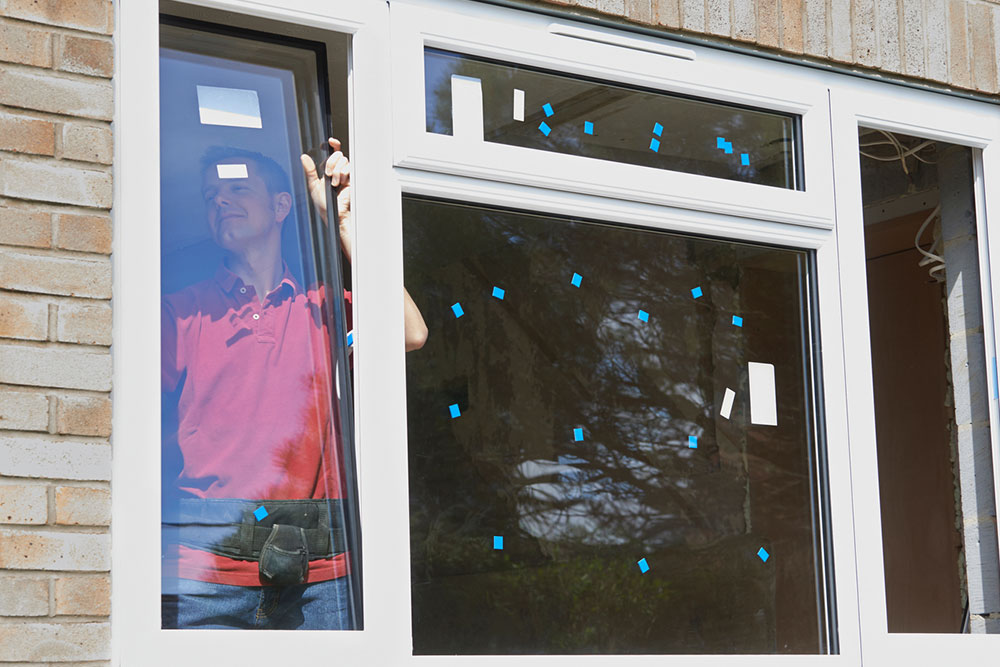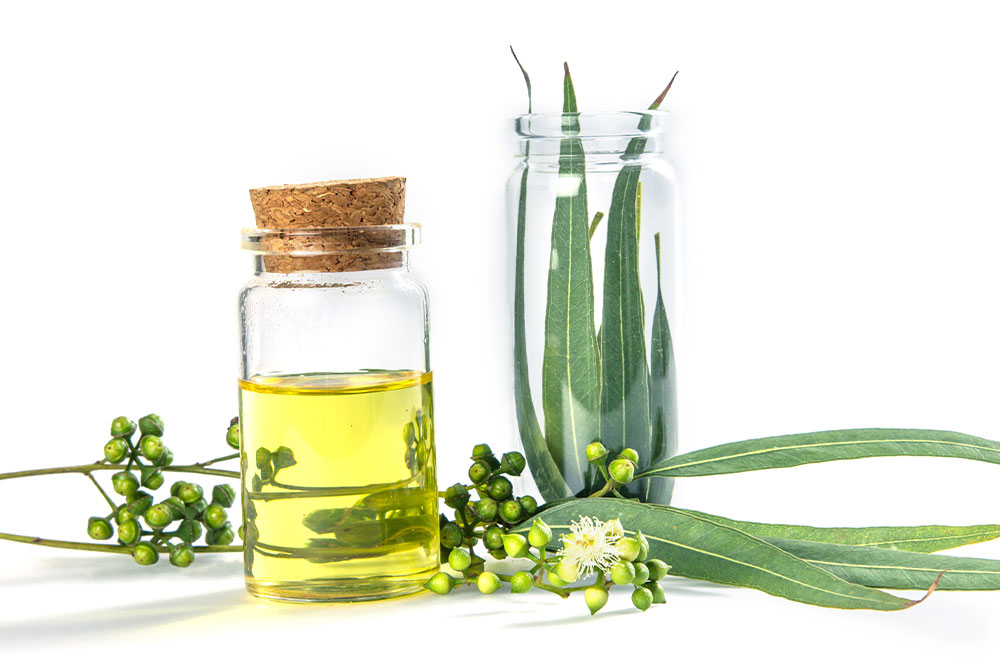12 signs it’s time to get new doors and windows

Doors and windows connect homes to the world. However, as they are part of the home’s exterior, they are constantly exposed to external elements like wind, snow, rain, and dust. Additionally, even room and patio doors are used extensively, undergoing quite a bit of wear and tear. So, it’s necessary to maintain all doors and windows, regularly look for issues, and get them replaced if one notices the following signs:
Signs to replace doors
1. Wide gaps
With time, the gaps between the front doors and the floor beneath them may begin to widen, or the doors can get misaligned. This can make the door let in cold air. If that is the case, it is a clear sign that the door needs to be replaced or at least repaired.
2. Cracks
Harsh winds, extreme winters, excessive moisture, or rough use—any of these factors can speed up door wear and tear. While some of these cracks can get repaired, the situation may get out of hand after a point if cracks keep developing. That’s when the door needs to be replaced. Garden and patio doors are particularly vulnerable to such wear and tear because they are directly exposed to such elements.
3. Excessive creaking
If a door’s hinges creak, they can be fixed with lubricants. But if they continue creaking despite such measures, it probably means the door has become too old for repair and needs to be replaced. The creaking noise can be quite bothersome, so one should address this sign and get it fixed.
4. Jammed doors
Doors that get jammed too frequently can be inconvenient. These doors tend to get stuck when one tries to open or close them. Initially, one can try getting the door repaired or oiled, but the door may need to be changed if these measures do not work.
5. Scratches and dents
It is natural for a door to undergo wear and tear with time as it is used so frequently. Scratches and dents on the door’s surfaces are signs of damage that need to be addressed. Not only does the damage make the door lose its visual appeal, it may be an initial sign of structural damage that will only worsen with time.
6. Moisture accumulation
It is normal for doors to come in contact with water, but in the case of old doors, excessive moisture may accumulate on the surfaces, hinges, and frames. If the moisture makes the door swell and/or develops bubbles on its surface, it could encourage mold growth. One may have to get a new door if the moisture damage is severe.
Signs to replace windows
7. Wear and tear and moisture damage
Similar to doors, windows with visible signs of wear and tear or moisture damage may need to be replaced as the damage can worsen with time. If left unchecked, the windows can develop rot, cracks, and other types of structural damage.
8. Poor sound insulation
Sound insulation is a major function of windows, as they are supposed to keep external noises at bay when shut. So, if a window cannot block external noises as it should, it may be a sign that it is not functioning properly and needs to be replaced. One should address this issue, as noise pollution is not only disturbing but also harmful to health.
9. Difficulty opening or shutting the windows
Opening and shutting windows should not require excessive effort, regardless of the type of window. If one finds it difficult to open and shut windows despite oiling and maintaining them regularly, one should get them changed.
10. Broken panes
The window pane should be sturdy and resilient so that it protects the home from external factors like dust, noise, and harsh weather. Windows with broken glasses cannot perform these functions, so one may need to replace the panes in such cases.
11. Outdated design
A window’s visual appeal is just as important as its utility, as it’s among the first things visitors may notice in a home. So, if the window in a home has a design that’s no longer functional and/or visually appealing, one may want to look for windows with the latest designs to enhance their appeal.
12. Sudden surges in electricity bills
Windows play an important role in keeping a home ventilated and insulated, depending on the weather outside. However, malfunctioning windows may not be able to regulate temperature as they should, leading to a sudden surge in electricity bills. If one notices this sign, apart from checking home appliances, one should also inspect windows. Here, replacing faulty windows might be a solution.
How to pick the right doors and windows?
With the wide variety of window and door designs available today, one actually has a lot of options to consider. However, picking the right doors and windows requires research on the latest designs and other factors, such as the climatic conditions, the materials used to manufacture the doors and windows, sound insulation, price, manufacturer reputation, and sturdiness. One should inspect doors and windows in person before buying. One should also seek recommendations from family members, friends, and acquaintances on their preferred door and window brands and designs.







